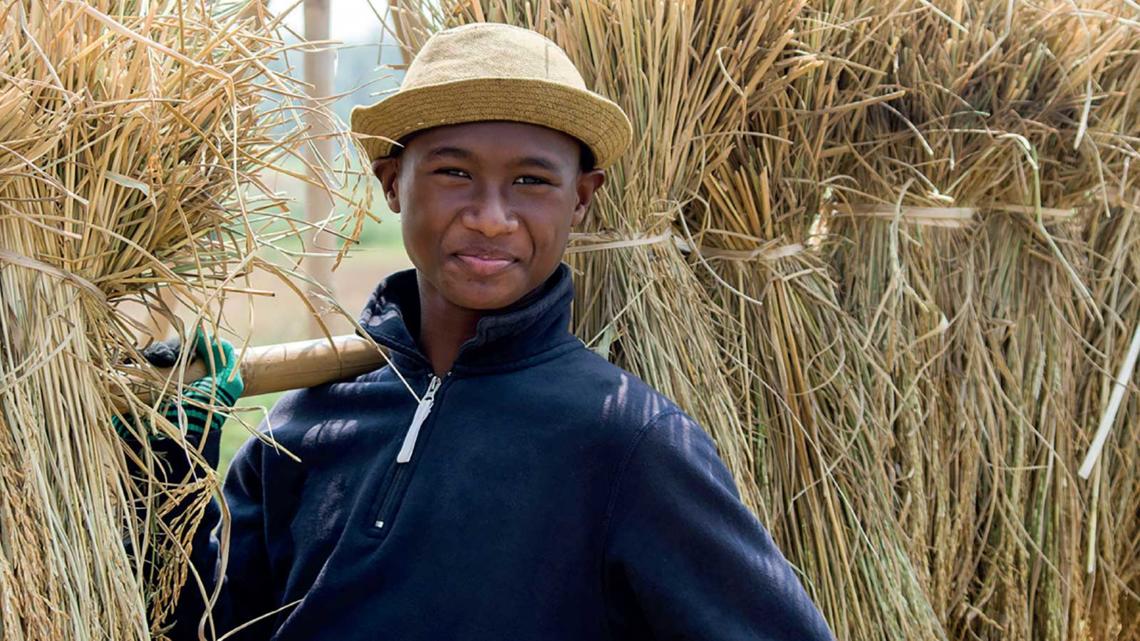Action Brief 2.1: Evolving rural livelihoods and the role of agribusiness
Published: November 5, 2018

For the first time in human history the majority of the world’s population live in urban areas. This demographic shift is underpinned by social, economic and cultural transformations that have momentous impacts on rural livelihoods. Planning for the role of agribusiness in the future of farming and in achieving the SDGs needs to be grounded in the understanding of this historic change.
While the links between rural and urban areas, people and enterprises are generally becoming stronger and closer, they are also hugely diverse and context-specific. An important lesson from past experiences of regional development policies and programs is that ignoring diversity is a recipe for failure. Of special importance is the potential role of small towns as engines of development of their surrounding rural areas. This, in turn, reflects substantial transformations in agricultural production systems and rural livelihoods where farming contributes a steadily declining share of households’ incomes and a related increase in non-farm activities, often located in small towns and involving various forms of mobility.
These dynamics have important implications for business models that aim to include smallholders, as they question the assumption that most if not all smallholders engage primarily in farming and are best included through formal organizations. It is far more likely that most smallholders, especially but not only the poorest, are part-time or seasonal farmers who access the market occasionally and mainly through informal channels. Ignoring this can result in further marginalization of the poorest.
There is growing recognition that locally-embedded initiatives which build from the bottom up on inclusive governance systems are more likely to be successful in achieving sustainable development. The challenge for agribusiness is how to combine reliance on globally integrated value chains and systems without bypassing local stakeholders and instead engaging with them in a meaningful way that recognizes power imbalances and promotes shared decision-making.
Education is seen as one of the main drivers in youths’ pursuit of non-farm and off-farm employment but social change stemming from enduring poverty and shifts in gender relations that gradually give women more freedom to do non-farm work sometimes precede investment in children’s education. Migration and education affect the availability of labor in the rural household. Solutions span from redefining the division of labor, so another household member takes on the work, to hiring labor. In addition to labor shortage, parents are concerned about delayed acquisition of specialized skills and the sentiment of work. They encourage holiday migration once the children reach secondary school. To fully understand the impact of livelihood diversification and education, productive and reproductive work must be assessed to avoid increasing women’s workload or decreasing girls’ time for schooling because they shoulder reproductive work.
The pathway of young people is unpredictable and shaped by contingencies. If they have reached a certain level of education, even if their schooling was interrupted, they have developed educational capital that enables them to seek information effectively and adapt quickly. School dropouts do not necessarily return to farming but turn to vocational training to acquire skills for non-farm work. Agri-business would gain from engaging with young entrepreneurs to identify feasible collaborations and support local forward linkages. The role for agribusiness in the future is to contribute to sustainable development where products are sourced. There has been a tendency to rely on global value chains that easily bypassed local stakeholders. However, if agribusiness is to benefit from and contribute to the ongoing rapid economic transformation, it is crucial to engage meaningfully with local stakeholders and to include small-scale private sector actors whether they operate in the formal or the informal economy.